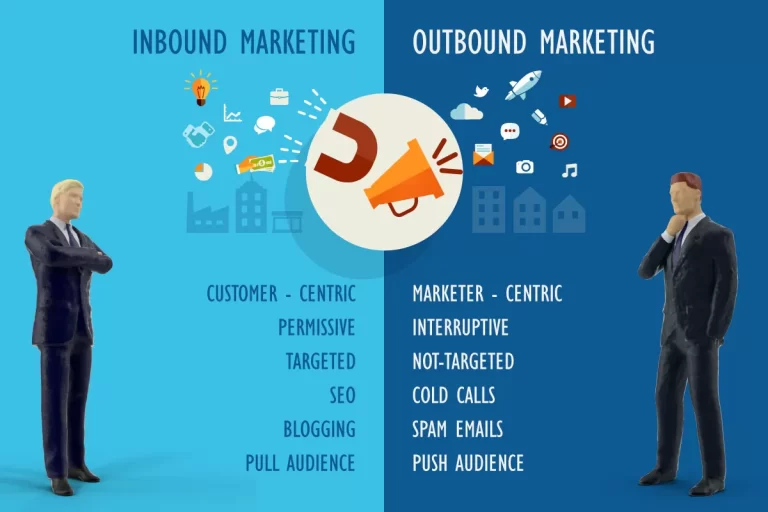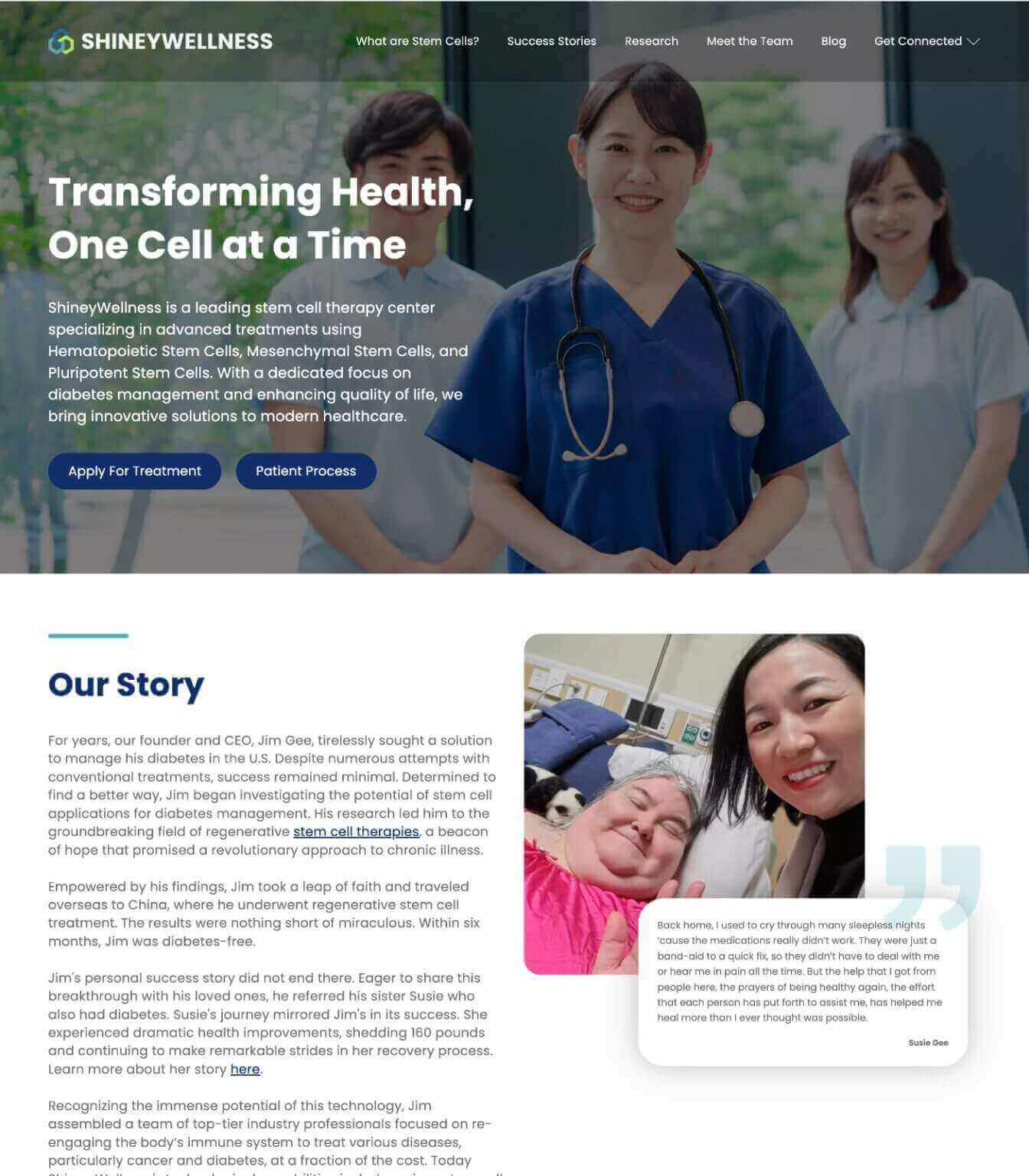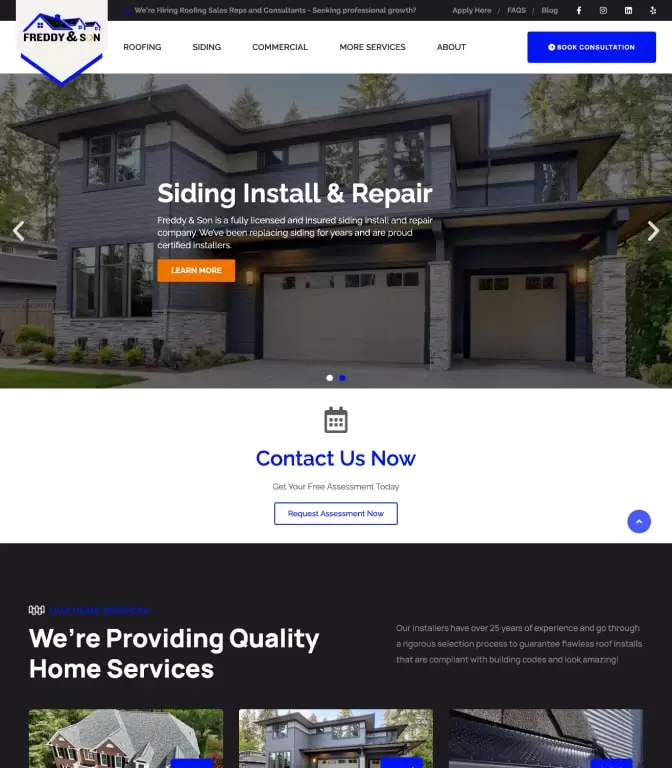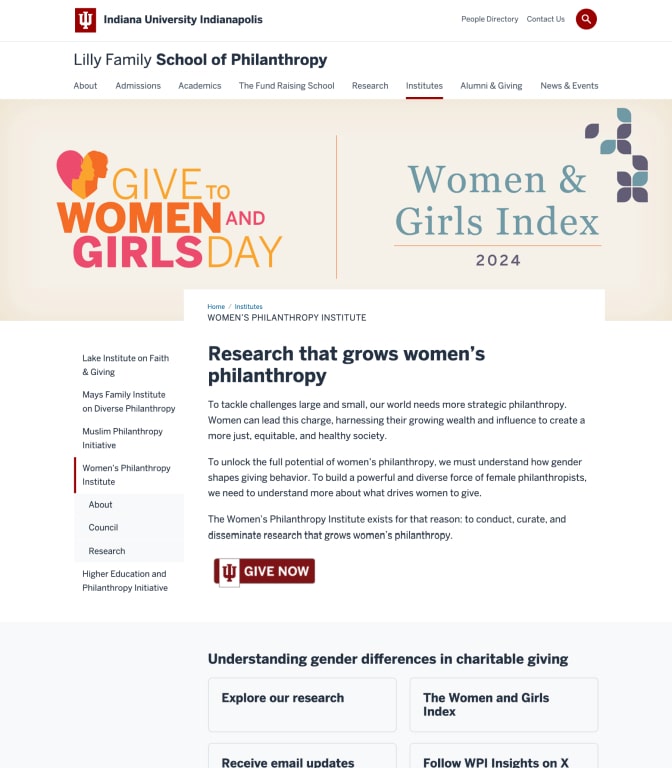Nonprofit organizations must adopt marketing strategies to increase visibility, engage supporters, and achieve their mission. A non-profit marketing guide helps nonprofits reach a wider audience, raise funds, boost volunteer participation, and build awareness. This guide will show you how to create an effective, scalable marketing strategy.
What Is Nonprofit Marketing And Why Is It So Important?
Nonprofit marketing is not just about raising funds—it’s about spreading your mission, engaging like-minded individuals, and building long-term relationships with supporters. Unlike traditional businesses that focus on profit, nonprofit organizations use marketing to amplify their message, foster goodwill, and ensure their mission is supported. Here’s why marketing is vital for nonprofits:
- Awareness: Marketing helps you reach potential supporters who are aligned with your mission, ensuring they know about your cause and ways to get involved.
- Fundraising: A well-executed marketing strategy opens the door to online donations, peer-to-peer fundraising, and targeted campaigns to support your financial needs.
- Volunteer Engagement: Effective marketing strategies encourage people to volunteer, allowing you to extend your resources and expand your mission’s impact.
- Building Relationships: With the right tools, you can keep your supporters engaged with updates, events, and progress, ensuring a deeper connection with your nonprofit.
By following a solid marketing strategy, nonprofits can not only increase their visibility but also engage their audience in meaningful ways.
Which Resources and Tools You Require To Develop A Non-Profit Marketing Strategy?
To create a successful marketing strategy, nonprofits need several essential tools and resources:
- Objectives, Goals, and Budgets: Clearly define your objectives and goals, which will shape your strategy. These may evolve over time as you measure your performance.
- Data: Utilize data on your constituents and donors, including their interests, engagement history, and donation amounts. This data helps segment your audience and personalize your messaging.
- Marketing Software: Use tools for email campaigns, text messaging, and website management. Ensure your CMS supports effective content creation and integrates well with donation and sign-up forms.
- Visibility and Metrics: Track and measure your marketing performance through integrated software or manual data collection. Define the specific metrics to gauge success for each campaign.
- Core Messages: Tailor your marketing messages to your audience but maintain consistency in your core mission messages. Explain the “why” behind your calls to action and their potential impact.
- Marketing Collateral: Develop brand assets, templates, and style guides to produce consistent and professional marketing materials. Keep these resources stored in an accessible, up-to-date location.
While not all of these resources may be immediately available, marketing strategies can evolve as you test tactics, learn about your audience, and track performance. Continue refining your approach as opportunities arise.
Types of Non-Profit Marketing Channels And Which One To Opt?
Nonprofits use various marketing channels to achieve their campaign goals. These approaches fall into two main categories: inbound and outbound marketing. Let’s explore both strategies and the channels commonly associated with them.
| Factor | Inbound Marketing | Outbound Marketing |
| Primary Goal | Build awareness, trust, and long-term engagement | Drive immediate action, donations, or event attendance |
| Audience Relationship | For attracting new audiences and nurturing relationships | For directly reaching out to known or targeted audiences |
| Budget | Typically lower cost but time-intensive | Often requires a dedicated budget for ads and outreach |
| Time to See Results | Medium to long-term (brand building, organic growth) | Short-term (immediate engagement and measurable outcomes) |
| Content Style | Educational, storytelling, resourceful | Persuasive, direct, action-focused |
| Best for | Growing audience, building brand authority | Specific campaigns, fundraising drives, event promotions |
| Tools Commonly Used | Website, SEO, Social Media, Blogs, Webinars, Infographics | Ads, Email, Text/Phone campaigns, Direct Mail, Sponsorships |
| Measurement Focus | Website traffic, engagement rates, follower growth | Conversion rate, donations, RSVPs, click-throughs |
| Longevity of Impact | Sustained over time with ongoing efforts | Short bursts of targeted outreach, event-based |
Inbound Marketing Channels for Nonprofits
Inbound marketing aims to attract new supporters by positioning your organization as a valuable, reputable part of the community. It focuses on building brand visibility and creating opportunities for engagement organically.
Nonprofits often use the following inbound marketing channels:
- Website: Direct visitors to your central hub where they can take action and engage with your organization.
- Search Engine Optimization (SEO): Non profit seo is optimizing web content to appear prominently in relevant search results, driving organic traffic.
- Social Media: Engage followers by sharing compelling content and encouraging interaction.
- Webinars and Free Resources: Offer valuable resources to draw in individuals already interested in your cause.
- Community Events: Partner with local organizations to co-host events that raise awareness without directly fundraising.
- Community Partnerships: Collaborate with other nonprofits to amplify your reach and influence within the community.
- Infographics: Create shareable, informative visuals that can spread across social media and other platforms.
Outbound Marketing Channels for Nonprofits
Outbound marketing involves reaching out directly to a target audience to solicit support or engagement. It’s akin to traditional advertising but requires a focused approach for maximum impact.
Common outbound marketing channels include:
- Advertisements: Run print or digital ads in places where your target audience is most likely to engage.
- Google Ads: Use Google’s free ad space for eligible nonprofits to appear at the top of relevant search results.
- Email Campaigns: Send targeted email series that encourage specific actions from different audience segments.
- Phone and Text Campaigns: Reach out directly via phone or text to engage supporters.
- Direct Mail: Send printed materials like brochures, mailers, or postcards to specific constituents or donors.
- Sponsorships: Partner with corporations to promote your campaigns to a broader audience.
- Targeted Events: Host specialized events like galas for major donors to create a more personalized experience.
Tip
Many nonprofits blend both strategies!
- Use inbound to grow trust and build an audience.
- Use outbound when you need immediate action or specific campaign support.
Blurred Lines Between Inbound and Outbound
While inbound and outbound marketing can seem distinct, the lines are often blurred in today’s digital world. For example, community events and partnerships can serve both inbound and outbound purposes, and you may run an email campaign that blends broad awareness-building with more targeted appeals.

Understanding the distinction between inbound and outbound strategies helps you shape your marketing campaigns. Knowing your goals and audience allows you to decide whether an organic inbound approach or a direct outbound strategy will be most effective, and helps you choose the right channels to support your objectives.
Understanding the Marketing Funnel and How It Works for Nonprofits
The marketing funnel is a valuable framework for shaping nonprofit marketing strategies. It helps you align your messaging with your audience’s level of awareness and readiness to act.
The funnel is divided into three main stages — Top, Middle, and Bottom — each representing a smaller, more focused group as supporters move closer to taking action.
| Funnel Stage | Audience | Audience Awareness & Goal | Example Strategy |
| Top of the Funnel (Tofu) | New Supporters / General Public | Little to no awareness of your organization. Focus on raising visibility and sparking curiosity. | Share educational content about your cause (e.g., introduce planned giving as a concept) and guide them to your website to learn more. |
| Middle of the Funnel (Mofu) | Interested or Casual Supporters | Moderate familiarity, interested but not yet committed. Focus on deepening engagement and trust. | Offer additional resources, invite conversations, or host webinars (e.g., discuss the benefits and process of planned giving). |
| Bottom of the Funnel (Bofu) | Engaged Supporters / Warm Leads | High familiarity and interest. Ready for a targeted and direct appeal to act. | Follow up personally with specific calls-to-action, provide support materials, and formally request their commitment (e.g., finalize a planned giving agreement). |
Six Steps to Building a Successful Nonprofit Marketing Plan
A non-profit marketing guide would be incomplete without a clear plan. Here are six steps to create a successful marketing strategy that will take your nonprofit to new heights.
1. Define Your Marketing Goals
Before diving into your nonprofit marketing plan, it’s essential to define clear and measurable goals. Are you looking to raise funds, increase attendance at an event, or convert one-time donors into recurring contributors? Setting concrete goals helps align your marketing tactics with your desired outcomes.
For example:
- Increase online donations by X%
- Gain X new recurring donors
- Boost attendance at the annual gala by X%
Make sure your goals are specific, measurable, and time-sensitive.
2. Understand Your Audience
Your marketing efforts will be most effective when you know who you’re speaking to. Define your audience segments and gather data on their motivations, donation history, and engagement patterns. By understanding your audience, you can craft a targeted message that resonates with their values and interests.
Ask yourself:
- What is the average donation amount from my target audience?
- What type of messaging encourages this group to act?
3. Create Your Message
Once you understand your audience, it’s time to create your message. Whether you’re promoting donations, volunteer opportunities, or your impact in the community, your message must be clear, compelling, and action-oriented.
Key tips:
- Align your message with your nonprofit’s mission.
- Keep it simple and easy to understand.
- Include a Call to Action (CTA) that tells your audience exactly what you want them to do next.
4. Share Your Message Across the Right Channels
In today’s digital world, your audience is scattered across various online platforms, and each channel serves a unique purpose. From email campaigns and social media posts to blog articles and videos, share your message on the platforms where your supporters are most active. Leverage the data you’ve gathered about your audience to decide which channels to prioritize.
5. Seek Insights and Measure Results
After delivering your message, track its performance to determine how well it met your goals. Use analytics tools to measure the effectiveness of your campaigns across different platforms. Did your call to action resonate with your audience? Were there more donations from email campaigns than social media?
Questions to consider:
- Did we achieve our goals?
- Which platform performed the best?
- How can we optimize future campaigns based on the results?
6. Repeat and Refine Your Strategy
The beauty of nonprofit marketing is that it’s an ongoing process. Use the insights you’ve gained from your campaigns to adjust and refine your strategy. Whether it’s tweaking your messaging or targeting new audience segments, constantly improving will help you achieve long-term success.
As you track progress, don’t forget to revisit your goals and tweak them based on the insights you’ve gathered from previous campaigns.
Key Benefits of Marketing for Nonprofits
When done right, nonprofit marketing can transform your organization’s ability to reach and engage supporters. Here are the top benefits you can expect:
- Increased Visibility: A strong marketing strategy ensures that more people are aware of your organization’s mission and the difference it’s making in the community.
- Stronger Community Ties: Engaging with your local community and fostering relationships with like-minded individuals helps your nonprofit build lasting connections.
- More Donations: Whether through one-time donations or recurring giving, a focused marketing strategy opens doors to financial support for your cause.
- Increased Volunteer Participation: By clearly communicating your volunteer needs and impact, marketing tools help engage those eager to donate their time to your mission.
Creating Personalized Experiences for Supporters
Modern supporters expect a more personalized experience when interacting with nonprofits. Marketing tools and strategies help you create meaningful interactions, whether through personalized email campaigns, custom donation messages, or volunteer opportunities that match supporters’ interests. By understanding your audience and tailoring your communications, you can foster deeper, more meaningful relationships.
Why Choose Rank Today for Nonprofit Marketing and SEO?
If you want your nonprofit to stand out online and connect with more supporters, Rank Today offers expert solutions designed just for you.
- Specialized Nonprofit Marketing Strategies:
We craft customized nonprofit and charity marketing campaigns that strengthen your mission, attract donors, and engage volunteers. - Nonprofit SEO Expertise:
Our nonprofit SEO services help your website rank higher on search engines, driving more organic traffic to your cause. - Increased Online Visibility:
Boost your nonprofit’s presence online so the right audience can easily find and support your work. - Audience-Driven Solutions:
Whether you’re raising funds, spreading awareness, or recruiting volunteers — we tailor every strategy to fit your goals. - Sustainable Growth for Nonprofits:
With our proven marketing and SEO techniques, we help your nonprofit achieve long-lasting digital success.
Conclusion: Nonprofit Marketing for Long-Term Success
A well-executed non-profit marketing guide lays the foundation for a successful, scalable strategy that helps your nonprofit organization grow its support base, raise funds, and ultimately drive greater impact. Marketing is more than just a promotional tool; it’s an essential part of advancing your nonprofit’s mission and ensuring sustainability for the future.
Start small, define your goals, understand your audience, and continually refine your approach as you measure results. By following these key strategies, your nonprofit can create compelling marketing campaigns that speak directly to your supporters’ hearts and drive real action.




















